President Emeritus Rev. Edward A. Malloy, C.S.C.
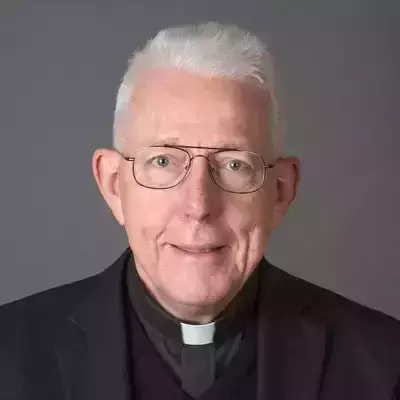
The University of Notre Dame’s 16th president, Rev. Edward “Monk” Malloy, C.S.C., inaugurated in 1987 as the first president elected by the Board of Trustees, stepped down in 2005 after 18 years of exceptional leadership and growth.
As president, he greatly enhanced the University’s reputation, faculty, and resources, and he paid special attention to Notre Dame’s diversity, its relationship with the local community, and its international reach. At his inauguration, Father Malloy said Notre Dame’s greatest strength is its “distinctiveness as a religious institution.”
“Notre Dame is an open forum where diverse viewpoints can be freely and critically discussed,” he said. “To me, there is nothing inherently incompatible between academic excellence and the life of faithful discipleship.”
When Father Malloy formally assumed the Notre Dame presidency, he succeeded his friend and brother Holy Cross priest, Rev. Theodore M. Hesburgh, C.S.C., whose iconic 35-year tenure in that office was an unenviably tough act to follow. Although grateful that “Ted had done me the generous service of being away from the campus during most of my first year as president,” Father Malloy resolved “that the greatest compliment I could pay Ted was to build on what he had helped to establish over 35 years and to sustain the momentum.”
During his tenure, faculty positions rose by more than 500, some 140 endowed chairs were added, the average SAT score of incoming students rose by 160 points, the endowment skyrocketed from $456 million to more than $3 billion, and financial aid grew from $5 million to $136 million annually. Research funding expanded nearly fivefold during this time.
The student body also grew, especially in the once-neglected area of graduate school, where top-flight research and advanced-degree programs drew about 1,000 more students. The campus also expanded physically by about 40 new buildings, including more student housing, visitor facilities, classroom buildings, and the Marie P. DeBartolo Center for the Performing Arts. Malloy Hall, a home for the University’s highly ranked theology and philosophy departments, opened in 2001.
In 1991, Father Malloy approved a groundbreaking television contract to broadcast Notre Dame football games on NBC, starting a relationship that still exists today. What was important to Father Malloy was that the contract not only helped the Athletics Department, but that a large portion went directly to increasing the University’s financial aid fund.
“To me, there is nothing inherently incompatible between academic excellence and the life of faithful discipleship.”
- Rev. Edward Malloy, C.S.C.
Improving the town-gown relationship between Notre Dame and the local community was another of Father Malloy’s lasting achievements. Opened in 2001, the Robinson Community Learning Center is a partnership between Notre Dame and the Northeast Neighborhood community that has helped connect the University and South Bend residents through education, the arts, civic engagement, and other generational learning activities.
Creating the Center for the Homeless in downtown South Bend in 1988 “stands very high among the things I’m gratified about,” Father Malloy said. “It really has become a model for how to respond to the needs of the homeless population in every way. Not just in housing and feeding them, but in helping them get a new life.”
In another example of responding to a need, Father Malloy helped found the University of Notre Dame Australia, which opened its doors in 1991. “To found a Catholic university at this point in history, and to see the whole thing emerge and transform, it’s just amazing,” he said. “It’s the only independent Catholic university in the country and is doing an extraordinarily good job.”
Besides the normal challenges of the issues facing Catholics, such as stem cell research, clerical abuse, and gay marriage, Father Malloy led Notre Dame through the traumatic national experience of the September 11, 2001, terrorist attacks. Twenty years later, he reflected on a memorial Mass the University held on South Quad after the attacks that nearly 10,000 people attended, including the Muslim Student Association. The crowd locked arms during the Lord’s Prayer in the way it normally does during the alma mater.
“I think that signified how we felt amidst all the uncertainty of that day—that we were in this together,” Father Malloy said. “My hope and prayer is that we can learn from that experience 20 years later, that we can break down barriers, recognize that often our divisions are not that significant, and that we can pull together not only as a part of a country, but in a world that could be more united.”
A professor of theology and a faculty member since 1974, Father Malloy was a rarity among university presidents because he continued to teach a first-year seminar class and live among the students, making his home in a small room in Sorin Hall, the oldest residence hall on campus.
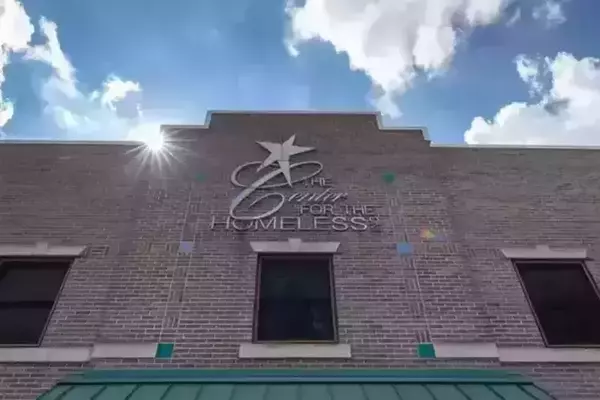
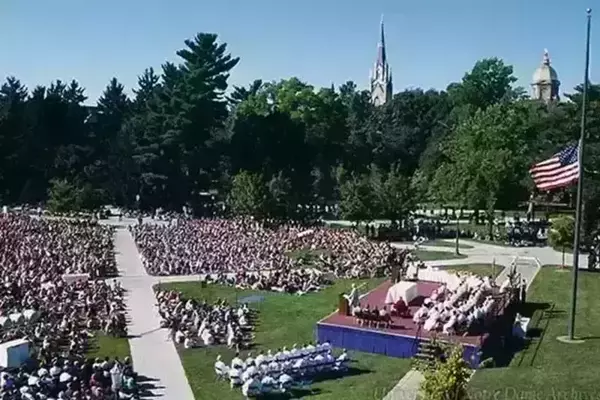
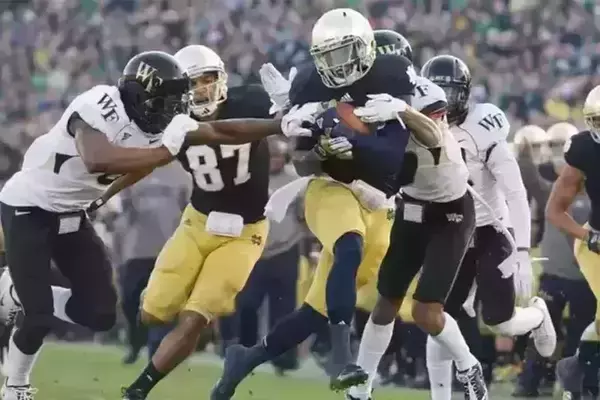
Father Malloy’s experiences at the integrated Archbishop John Carroll High School in Washington, DC, as well as his father’s participation in the Civil Rights Movement, led him to put a premium on diversity. During his tenure, minority student enrollment rose from 7 percent to 18 percent.
At Carroll High School, Father Malloy was the shooting guard on one of the greatest prep basketball teams in history, playing with John Thompson, later the coach at Georgetown University. He was recruited to Notre Dame, where his limited playing time pushed him to get more involved in academics and student government. He continued his love of basketball during his presidency through Bookstore Basketball and weekly “Monk Hoops” with students, and he attends home varsity games.
In college, he and other Notre Dame students went on a service trip to Mexico, where he found himself alone at the Basilica of Cristo Rey. In the second book of his three-part autobiography, Monk’s Tale: Way Stations on the Journey, he described the experience that led to his vocation:
“All was quiet and I soon found myself in a state of reverie. It was as though time stood still and all the cares of the moment had dissipated. I was at peace. How long I remained so disposed I cannot say. All I know is that I had a sudden and compelling sense that I was being called to become a priest.”
Throughout his senior year, Father Malloy began the process of entering the priesthood as part of the Congregation of Holy Cross, Notre Dame’s founding religious community. Upon graduating with a bachelor’s degree in English, he entered the Holy Cross candidate program in 1963. While in seminary, he earned two master’s degrees, in English and theology, and following his ordination in 1970, he earned a doctorate in Christian ethics from Vanderbilt University.
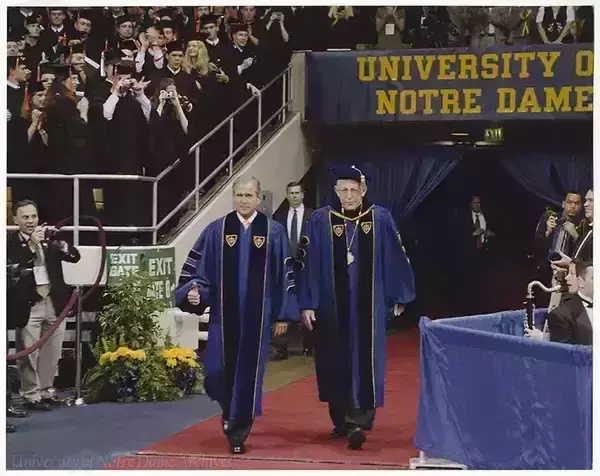
Father Malloy’s academic concentration on the interplay of personal morality with public policy and professional ethics informs his own active public life. He is a leading advocate of volunteerism and has served on numerous boards dedicated to community service, including Campus Compact, Boys & Girls Clubs of America, and the National Center on Addiction and Substance Abuse.
He also has worked to combat substance abuse through appointments by President George H.W. Bush to the Points of Light Foundation and the President’s Drug Advisory Council, and other organizations. He has served on the boards of Riley Children’s Hospital and the universities of Notre Dame, Portland, Vanderbilt, St. Thomas, and Saint Mary’s College. He is the recipient of 24 honorary degrees, and a chaired professorship in Catholic studies at Vanderbilt is named in his honor.
In a very different way, he made a significant contribution to his own family and to organ transplantation awareness nationwide by donating a kidney to a young man whose mother, in turn, donated her kidney to Father Malloy’s nephew. Since that procedure in 2008 at the age of 67, he has been a spokesman for organ transplants, with the hope of making the “donation process seem less heroic and more ordinary.”
As president emeritus, Father Malloy continues to teach, live, and celebrate Mass in Sorin Hall, and write extensively. His books include People First: Reflections on Leadership, Monk’s Notre Dame, Christian Ethics, Monk’s Musings, and Monk’s Travels.
His three-volume memoir, Monk’s Tale, was published by the University of Notre Dame Press between 2009 and 2016. In the final chapter, Father Malloy concludes a reflection on his legacy this way: “It may seem odd for me to say this about being president of Notre Dame, but it was fun.”